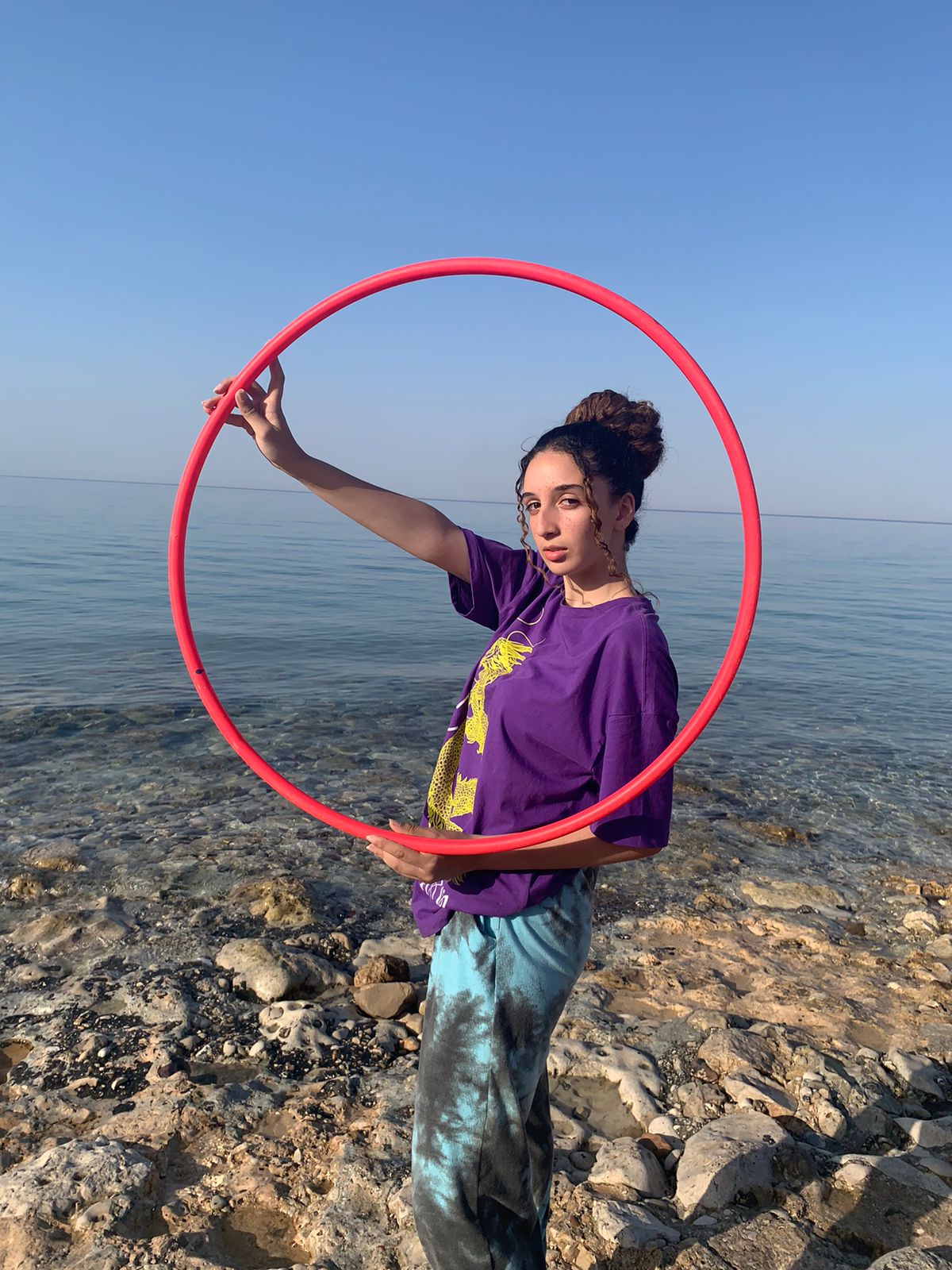Djara cave… A wonderful journey into the ground
 close
close
![]()


Hold your breath, concentrate your sensations and focus, you are now in front of a natural masterpiece in the heart of the Western Desert in Egypt. You are in front of the most beautiful thing that a human eye has ever seen in Africa.
There is no wonder that Egypt, which has taken the biggest share of the historical and cultural heritage, continuously dazzling the world with its gorgeous monuments, and its surprises that is discovered day after day. Actually, it is one of the richest countries with monuments worldwide. Indeed, the Egyptian monuments exist in each corner in the world, but to have such a magnificent cave like this, it is the hidden beauty that it preserves.
So, now you are in the Western Desert, specifically 240 km southeast of Farafra, in the Bahariya Oasis, and at a depth of more than 50 meters, going down into the ground, you will find a cave that is one of the most wonderful things that the human eye has seen in the region of Africa, which is Djara cave. You will find a masterpiece that is more than 40 Million years. Thanks to the discovery of this rare geological masterpiece by the explorer "Gerhard Rolfes" in 1873 during his exploratory trip that was recorded in his book "Three Months in the Libyan Desert", whose aim was to reach the Libyan Kufra Oasis. Rolfes arrived in an isolated area located between the New Valley in the Western Desert and Assiut He traveled a lot until he reached the Eocene Plateau, to be surprised by a strange gate in the interior of that plateau. At first glance, it seemed like a gateway to another world in the interior of the earth, where rocky magma dangles like tusk going back and forth. Despite the fascination of Rolfes and his group with the cave and its beauty, which was recorded by Rolfes in his book, the cave did not receive enough attention at that time from researchers or scholars to try to know its history or at least interpret the graffiti dating back to the first ages of man in the region. The first archaeological survey was conducted on the basis of scientific study of the drawings in the cave in the year 1990 by a group of specialists in this field from Cologne, Berlin and Cairo. Starting from 1999 to 2002 drawings and decorations were studied extensively within an integrated scientific project.
.
Djara Cave is a natural result of pure water and the dry desert climate over millions of years, and it differs from all the caves of the region in its formations and the shape of its wonderful deposits, where the descending and ascending magma forms look like frozen waterfalls, and it is the result of millions of cubic meters of ground water that leaked through the desert sands millions of years ago. The entrance to the cave is located in the form of a small opening at the level of the limestone plateau in which it is located, leading to a small narrow corridor that forms a landing filled with sand that comes from outside the cave to its inside. The cave extends for about 70 meters, its width reaches 35 meters, and its height reaches six meters, Once the visitor sets foot inside the cave, which he will have to enter with a bowed head as it is in the ground, he will find a large room of about 1300 square meters, connected to a smaller room through a narrow corridor, decorated with some inscriptions of the Neolithic man, in addition to the inscriptions of some animals such as ostriches and deer And goats with their large, medium and small horns, and chickens. Scientists have explained this phenomenon by the climatic cycles that Egypt was exposed to and the increase in rain that led to the growth of herbs, which led to the presence of herbivorous animals, and accordingly, meat-eating animals and humans who lived in caves appeared. This happened in the Neolithic era, approximately 7700 BC; the Djara Cave was there and sheltering the escapee man and the predatory animal.
Our journey has come to the end with all its wonders and curiosities trapped in the ground in one of its most beautiful parts, but certainly will not be the last, as there is no doubt that we will have another date with more events and other secrets in Egypt.
.
written by: Raghad Ahmed Soliman

15-11-2025 Sports

04-11-2025 Faculty of Mass Communication


04-11-2025 Sports

23-06-2023 Sports 3971
...
tips from the head of dmc channels group- mr.hesham soliman02-08-2023
video 3260...
Exclusive Interview with the Prominent Host (Eman Ezz Eldin) for EMccu today27-10-2022
video 1024...
Culture of Photos Event Guests` Interviews (Pt.2)01-04-2023
video 1018...
Culture of Photos Event Guests` Interviews (Pt. 1)01-04-2023
video 898...

27-10-2022
video 3641